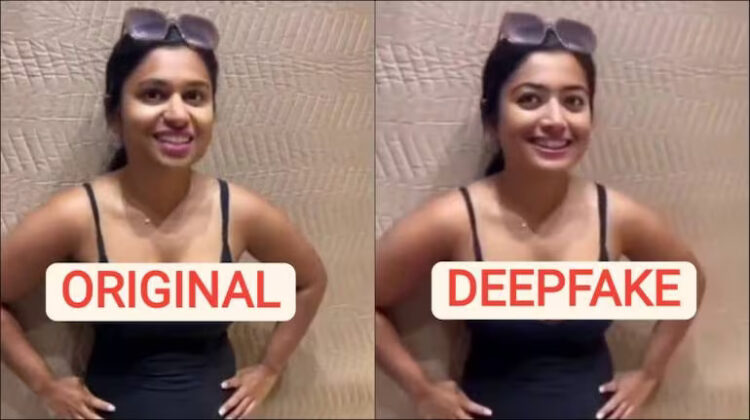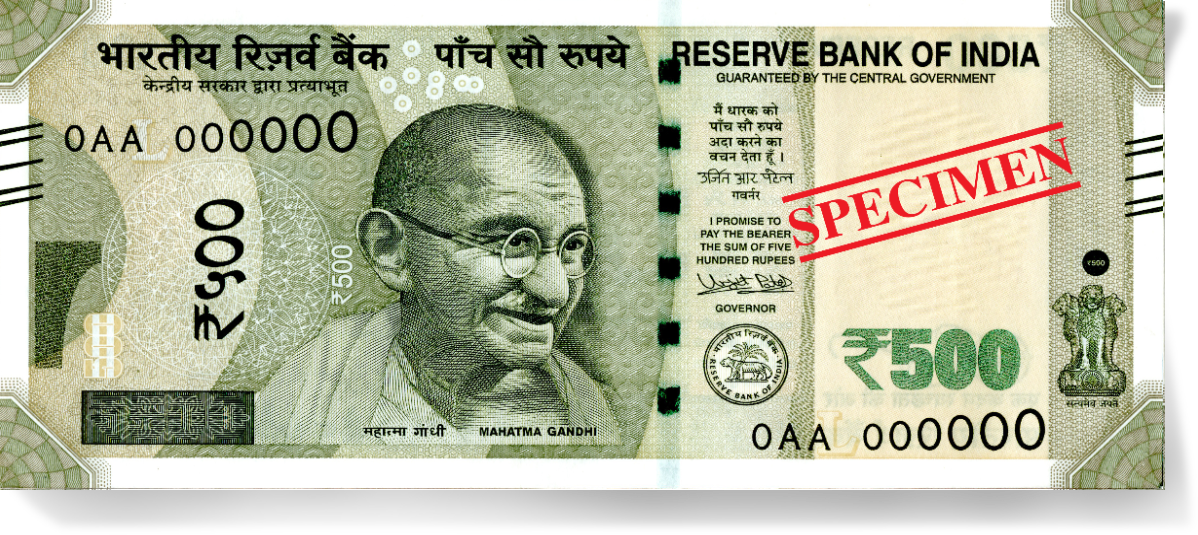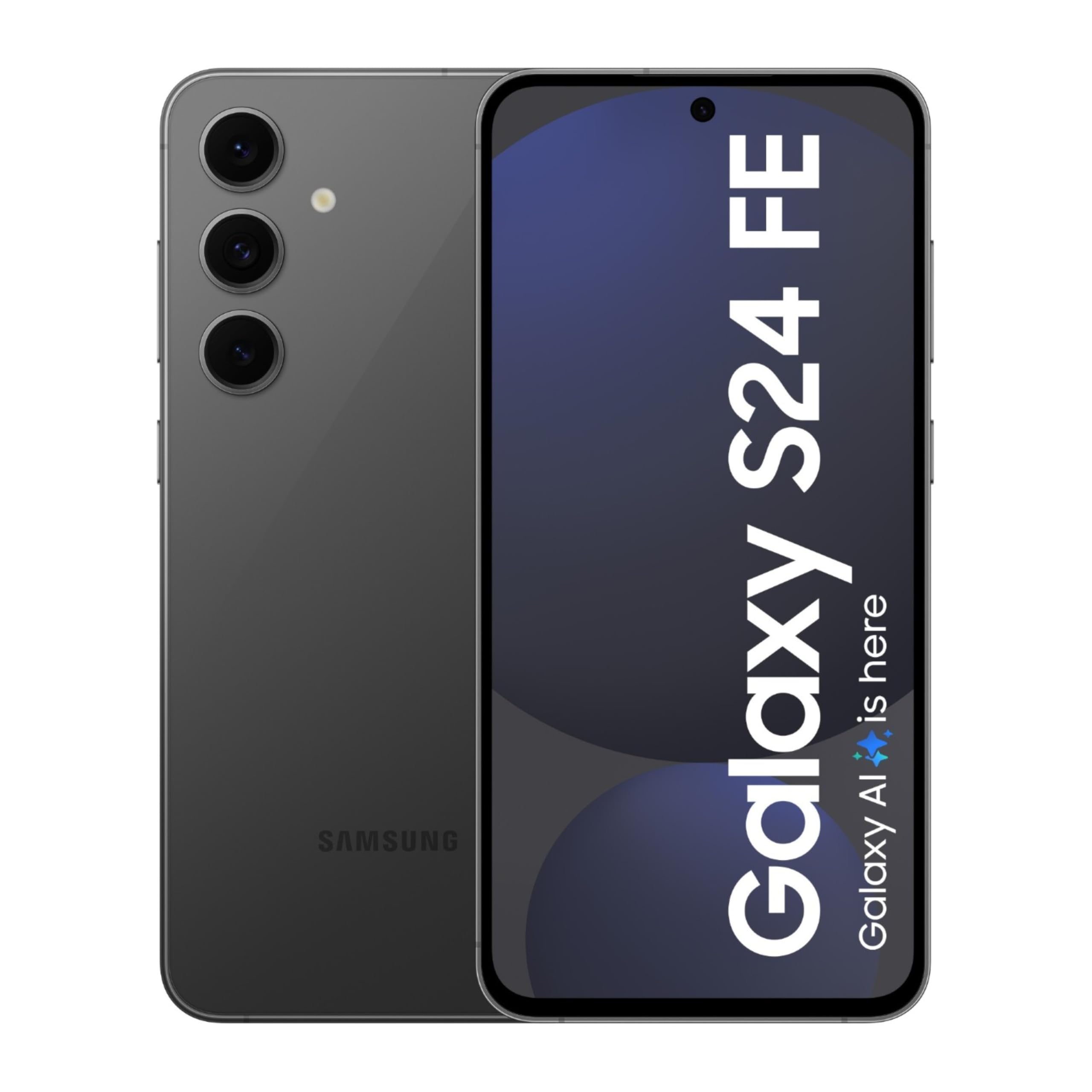Deepfakes: The Rise of AI-Generated Media and Its Implications
Deepfakes: The Rise of AI-Generated Media and Its Implications
Deepfakes, a term coined by blending "deep learning" and "fake," have emerged as a powerful tool for creating highly realistic and manipulative media content. Employing advanced artificial intelligence techniques, deepfakes can seamlessly alter the appearance, voice, and actions of individuals in videos and audio recordings, making it appear as if they are saying or doing things they never did.
The Technology Behind Deepfakes
Deepfake creation relies on a combination of deep learning algorithms, particularly generative adversarial networks (GANs). GANs are a type of machine learning framework that pits two neural networks against each other: a generator that creates fake content and a discriminator that tries to distinguish real from fake content. This adversarial process drives the generator to produce increasingly realistic and convincing deepfakes.
Applications and Concerns of Deepfakes
Deepfakes have found applications in various fields, including entertainment, satire, and education. They have been used to create humorous parodies, generate fictional scenarios, and provide immersive learning experiences. However, the potential for misuse and manipulation has raised significant concerns.
Deepfakes can be used to spread misinformation, damage reputations, and even influence elections. Malicious actors can create deepfakes of politicians making false statements or celebrities engaging in embarrassing or illegal activities. These deepfakes can then be shared widely on social media and other online platforms, making it difficult to distinguish them from real content.
Detecting and Combating Deepfakes
As deepfakes become more sophisticated, it is crucial to develop effective methods for detecting and combating them. Several techniques are being explored, including analyzing facial expressions, identifying inconsistencies in lighting and sound, and utilizing machine learning algorithms to detect patterns that are indicative of deepfakes.
Ethical Considerations and the Future of Deepfakes
The ethical implications of deepfakes demand careful consideration. The potential for harm, particularly to individuals' reputations and privacy, must be weighed against the potential benefits of this technology. It is essential to establish clear guidelines and regulations around deepfake creation and usage.
Looking ahead, the development of deepfakes is likely to continue, with advancements in artificial intelligence leading to even more realistic and convincing creations. It is imperative to stay informed about this technology, maintain a critical eye when consuming online content, and support initiatives that promote responsible deepfake usage.
Deepfakes are videos or audio recordings that have been manipulated to make it appear as if someone is saying or doing something they never did. They are created using a technique called deep learning, which is a type of artificial intelligence that can learn from data. Deepfakes are becoming increasingly realistic and are being used for a variety of purposes, including entertainment, satire, and misinformation.
Deep Fake technology
Some examples of how deepfakes are being used:
- Entertainment: Deepfakes are being used to create funny videos and parodies. For example, there is a popular deepfake video of Donald Trump giving a speech with Nicolas Cage's face superimposed over his.
- Satire: Deepfakes are also being used to create satirical commentary on current events. For example, there is a deepfake video of Mark Zuckerberg giving a speech about the dangers of deepfakes.
- Misinformation: Deepfakes are being used to spread misinformation. For example, there have been deepfake videos created to make it appear as if politicians are saying things they never said.
Deepfakes have the potential to be harmful because they can be used to damage people's reputations and spread false information. It is important to be aware of deepfakes and to be critical of the information you see online.
Some tips for spotting deepfakes:
- Pay attention to the lighting and sound: Deepfakes often have inconsistencies in lighting and sound, which can be a giveaway that they are fake.
- Look for unnatural facial expressions: Deepfakes can have unnatural facial expressions, such as eyes that blink at an unusual rate or lips that don't move in sync with the speech.
- Be skeptical of videos that are too good to be true: If a video seems too good to be true, it probably is.
If you see a video that you think might be a deepfake, you can report it to the website or platform where you found it. You can also use tools like Google's Reverse Image Search to see if the video has been posted elsewhere online.
End of Conclusion
Deepfakes represent a powerful new technology with the potential for both positive and negative applications. While they offer creative possibilities for entertainment, satire, and education, their ability to manipulate media raises serious concerns about misinformation, reputation damage, and potential misuse in elections or other sensitive contexts.
As deepfakes continue to evolve, it is crucial to develop effective detection and countermeasures, establish clear ethical guidelines and regulations, and promote responsible usage of this technology. By balancing the potential benefits with the potential risks, we can ensure that deepfakes are used for good rather than harm.
Writer
Devraj Gorai


























